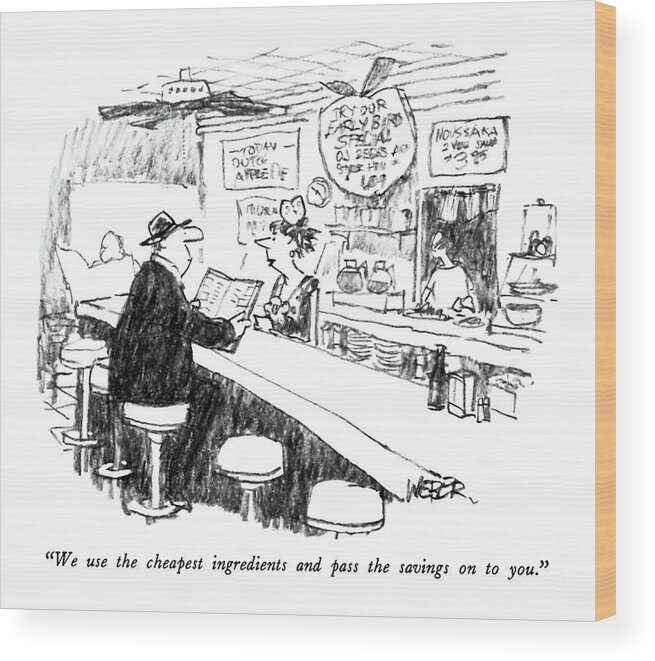How to Fly a Horse is one of the best books you haven’t read. It’s part inspirational (like Rosling) part instructional (like King) and part historical (like Dan Carlin).
Simply, we are capable but more importantly, we are responsible for the world we want. “Everything around you that you call life,” Steve Jobs said, “ was made up by people that were no smarter than you.”
But this ain’t influencer stuff.
Everyone has creative potential, Kevin Ashton writes, but it takes work. “Time is the raw material of creation.” As Steven Pressfield noted, put your ass where your heart wants to be.
That’s just Insta-advice.
The world does not want creation. The system is designed against it in two ways.
A me problem.
We block our creations. There’s the genius myth: Creation is for a select few. That’s just not right. The End of Average explains this nicely. ‘Genius’ (or ‘athletic’ or ‘industrious’ or ‘lazy’ and so on) are collections. There’s no genius metric because there’s nothing to have.
Ya got it or you don’t is not true.
But this isn’t enough. It takes work, work, work. For a species designed for ease, work is hard.
There’s a paradox too: The better we get at something the more efficient we get and the less likely we are to see novelty. Think of “expertise” Ashton writes, as “efficiency”. There is nothing more deceptive, wrote Arthur Conan Doyle, than an obvious fact. Tyler Cowen calls this “once and for all-ism.” Experts have been rewarded for seeing the world a certain way, why change?
The solution to the paradox is to bring experience but not beliefs. To have a light identity footprint. To see the unexpected, expect to see nothing.
A them problem.
They, the others, those folks don’t want to see it. Or they can’t see it. It’s helpful to remember Demings, “Every system is perfectly designed to get the results it gets.” People don’t randomly red-pill, laissez le bon temps rouler!
The status quo is humanity’s default (this is an assumption of JTBD).
‘Different is bad’ is evolutionarily good. Our ancestors were the ones who didn’t try the new berries.
Rejection, hesitation, and reluctance are good things. First creators must expect it. Knowing first drafts suck, progress is slow, and TK takes the sting out. Second, creators must use this for guidance. Feedback presents the soil to sew, the path to plan for, the itinerary to travel. Ashton advocates for the creator to utilize not internalize rejections. Ask, okay, so how could this be better?
–
The book is full of pithy quotes. Let’s end with two:
“We sell our soul when we waste our time. We drive neither ourselves nor our world forward if we choose idling over inventing.”
“The math of time is simple: you have less than you think and need more than you know.”
–
This book was mentioned in Bob Moesta’s Learning to Build.
